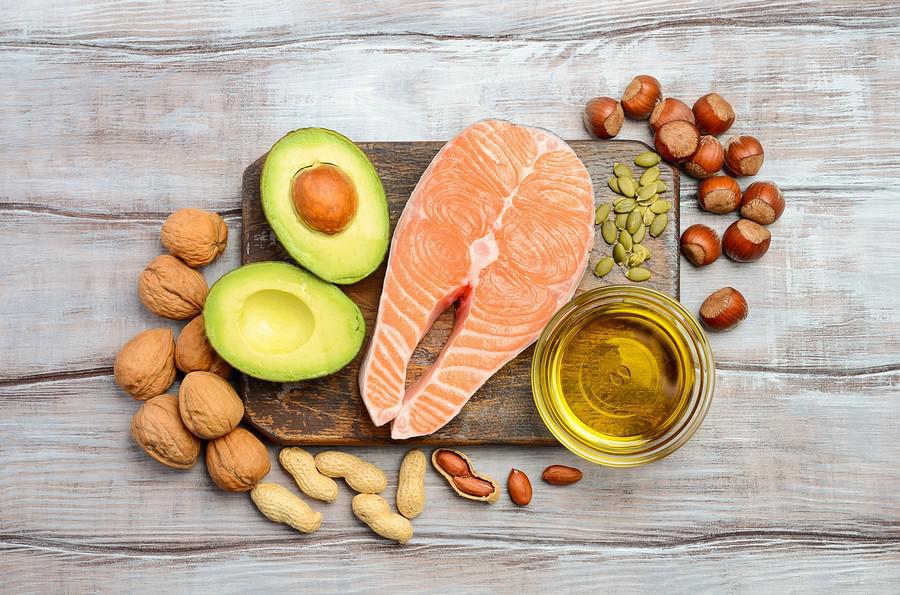Cholesterol is a waxy, fatty substance naturally produced in the liver to help the body function properly. Cholesterol is needed by the body for the production of certain hormones, bile acids, vitamin D, and formation of cell membranes production.
As essential as cholesterol is in the human body excess cholesterol is harmful and can cause severe damage to organs in the body. High cholesterol in the body often results from the body producing more cholesterol than is needed for optimum functioning. Poor diet can also increase the cholesterol levels in the body. It is therefore vital to monitor the cholesterol levels in the body.
Good and Bad Cholesterol in the Body
The term “good” or “bad” which has frequently been used to describe cholesterol levels in the body is often interpreted. Cholesterol is neither good or bad. The levels in the body determine the outcome (good or bad). Cholesterol and other lipids (fatty substances) are insoluble in liquids. Hence such lipids are transported to the parts of the body where they are needed through proteins called lipoproteins. Lipoproteins transfer cholesterol produced in the liver to the bloodstream and transfers the unwanted cholesterol from the blood back to the liver for disposal. There are two types of Lipoprotein in the body high-density lipoprotein (HDL) and low-density lipoproteins (LDL). These lipoproteins serve two different purposes in transporting cholesterol through the body, and one of them is generally referred to as good while the other is bad.
Good Cholesterol versus Bad Cholesterol
High-density lipoprotein (HDL) is popularly known as the good cholesterol. HDL is called good cholesterol since it transports excess cholesterol which has been previously deposited in the bloodstream back to the liver for breakdown and disposal from the body. HDL helps to reduce the risks of diseases by preventing the build-up of excess cholesterol in the cells and arteries.
On the other hand, low-density lipoprotein is generally known as bad cholesterol. LDL is termed bad because of the risk associated with its function. LDL is the lipoprotein responsible for the transport of cholesterol from the liver where it is produced to the bloodstream for body functions. The “badness” results from an excess of the transported cholesterol in the bloodstream. When the cholesterol in the blood is more than required, it gets deposited in the arteries causing plaque build-up which increases the risk of stroke or heart attack.
Closing Thoughts on Good and Bad Cholesterol
It is now known fact that cholesterol is produced in the body and transported through lipoproteins which are the good and bad cholesterols. High HDL and low LDL are the preferred cholesterol levels in the body. Factors that increase LDL in the blood should be avoided at all cost to keep the body in balance. Daily dietary consumptions of fatty foods can add to the total amount of ‘LDL” cholesterol transported to the bloodstream leading to increased risk of heart diseases. It is, therefore, necessary to maintain a healthy diet and keep cholesterols levels in check at all times.
Need a Primary Care Physician? Primary Medical Care Center is an Urgent Care Miami provider serving Miami-Dade and Broward County with Two Convenient Locations. Call Now: 305-751-1500 or visit us (11500 NW 7th Ave., Miami, FL 33168, 2412 N State Road 7, Lauderdale Lakes, FL 33313).
